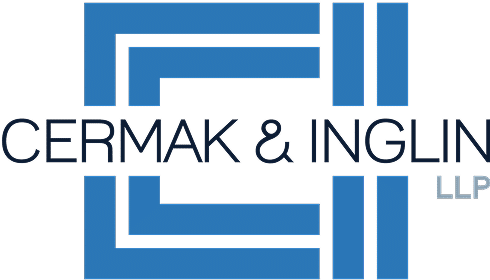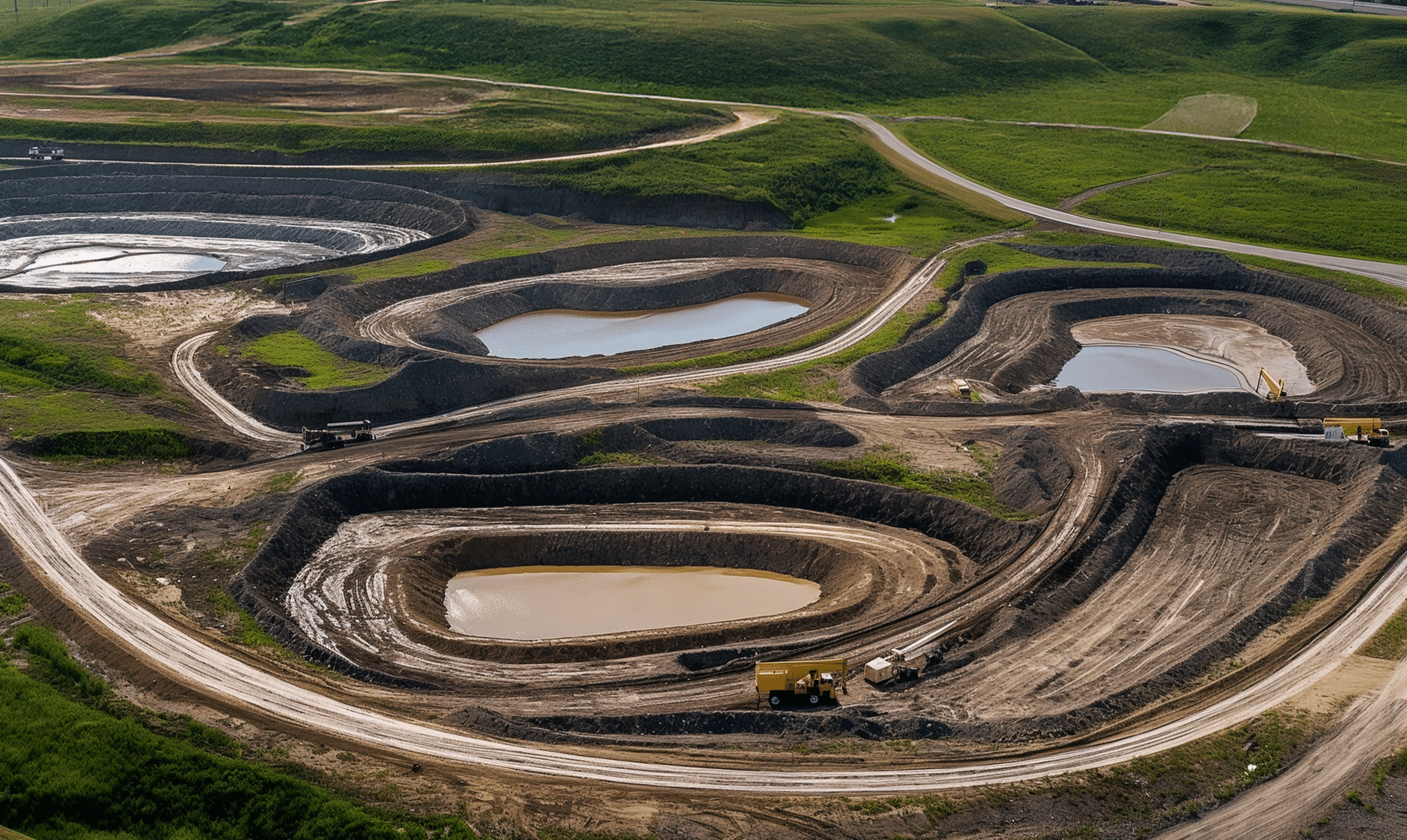Menu




The Firm represents clients at contaminated sites, including complex Superfund sites (and state equivalents). The sites range from contaminated groundwater basins with multiple operable units, to large-scale landfills, contaminated sediment sites on rivers and creeks, including some with multiple operable units and extending 80 miles or more, and contaminated sites with commingled groundwater plumes extending beneath large geographic areas. These types of sites often require a broad breadth of experience, including experience with corporate successor liability issues and insurance coverage, the drafting and negotiation of multiparty agreements (such as joint defense agreements, tolling agreements, cooperation agreements, and funding agreements), the ability to work with a range of environmental consultants and an understanding of such disciplines as vapor intrusion, hydrogeology, groundwater modeling and risk assessments, experience with negotiating access agreements, and experience negotiating with EPA and state regulators on remedial investigations and feasibility studies, administrative orders on consent, responding to information requests, and experience in resolving disputes with both regulators and the other parties involved at such sites.
Contaminated sites present unique challenges. Involvement at such sites often extends over decades. Moreover, large, contaminated sites can involve dozens of potentially responsible parties (“PRPs”) that are required to investigate and remediate a site. Those PRPs often cooperate with one other but may also be adverse at times or have different goals. In addition, the PRPs often pursue non-cooperating parties in litigation.
In representing clients at contaminated sites, the Firm’s attorneys draw on a variety of skills that they have honed over decades. In this regard, the Firm’s attorneys are currently engaged at numerous sites throughout the country at which they have represented clients for decades.
In handling multi-party contaminated sites, we focus on a variety of issues, including: (1) is insurance coverage available; (2) does the client belong at the site or is there a way to extract the client from the site (which might, for example, include evaluating whether there are corporate successor defenses that may apply or whether the client might be eligible for an early cash-out settlement); (3) assuming the client will be involved at the site longer term, what is the best way for the PRPs to organize themselves, and what multiparty agreements, such as joint defense agreements, tolling agreements, cooperation agreements, and funding agreements should be negotiated; (4) whether there are other PRPs that should be pursued and if so, how and when to pursue them; (5) what consultants/experts should be retained in areas such as vapor intrusion, hydrogeology, groundwater modeling, and risk assessments; (6) working with the other PRPs on how to respond to any enforcement orders and information requests issued by EPA or the state agency and/or determining how to best negotiate with EPA and state regulators regarding work to be performed at the site, such as remedial investigations, feasibility studies and remedial designs, and negotiating agreements with the regulators to perform such work.
Backed by decades of large-firm experience, Cermak & Inglin represents clients at complex contaminated sites, and is proud to offer responsive and cost-effective services.
Contact Us